How to configure macOS Privacy settings for Keyman
Keyman requires access to your keyboard in order to translate input. As you use Keyman, macOS may prompt you to grant permission to as many as three different Privacy settings:
- Privacy / Input Monitoring
- Privacy / Accessibility
- Privacy / Files and Folders
Which Privacy settings macOS requests depends on the version of macOS you are running. If you deny access, then Keyman will not function properly. Symptoms that you may experience if Privacy settings are not configured correctly include:
- Some key combinations may not work
- Some letters may be duplicated or not deleted as expected
- The on-screen keyboard may not work
Note: Keyman does not appear under these settings until it has been run at least once. Select Keyman from the Input Sources menu and try typing in an application and using the on-screen keyboard.
Enabling Keyman in macOS Privacy Settings
-
Open System Preferences (called 'System Settings' beginning with macOS 13 Ventura):
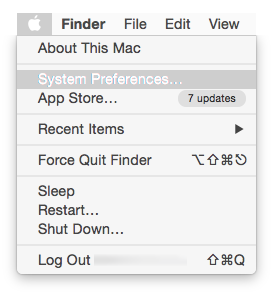
-
Select Security & Privacy, and choose the Privacy tab:
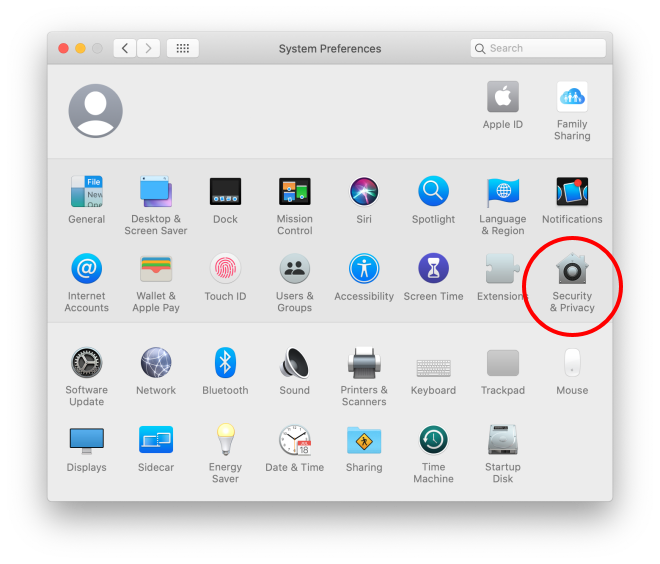
-
Select Input Monitoring and unlock the settings with the lock icon,
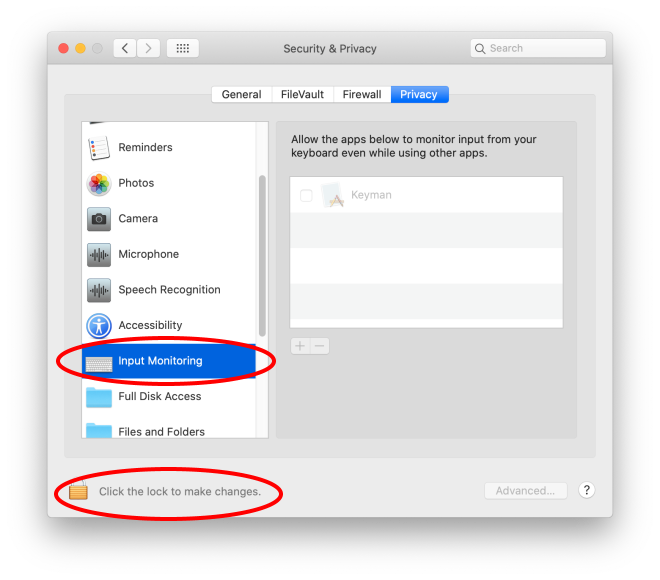
-
If Keyman is listed, click the checkbox:
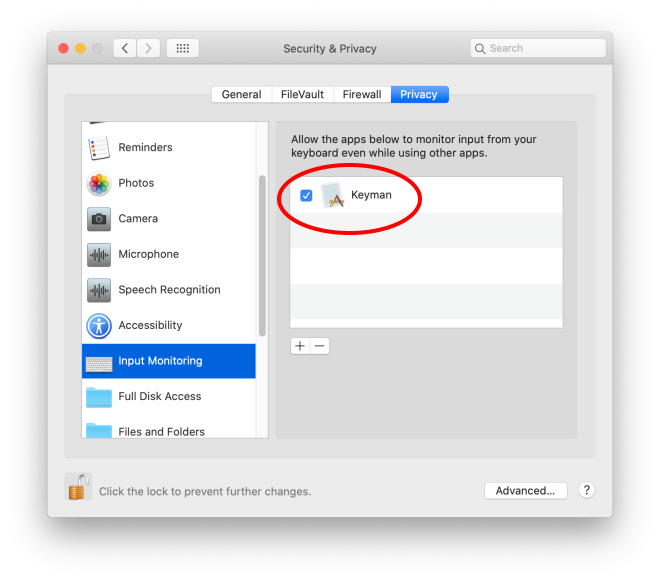
-
Select Accessibility, and if Keyman is listed, click the checkbox there also:
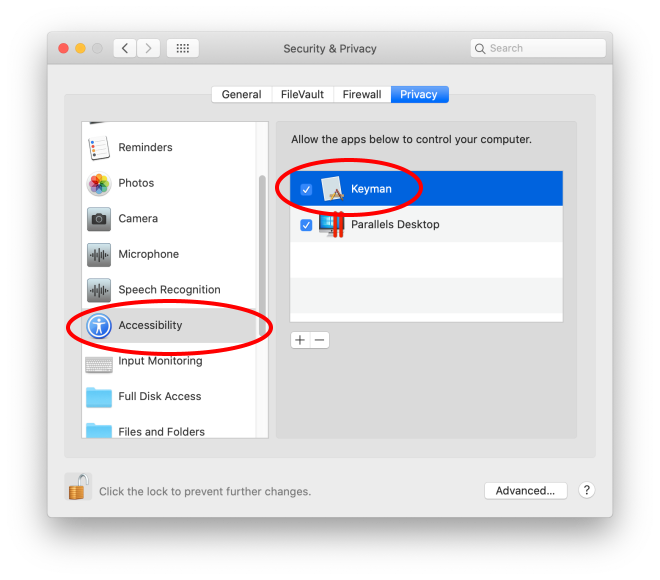
-
Select Files and Folders. If Keyman is listed, then give it access to the Documents folder:
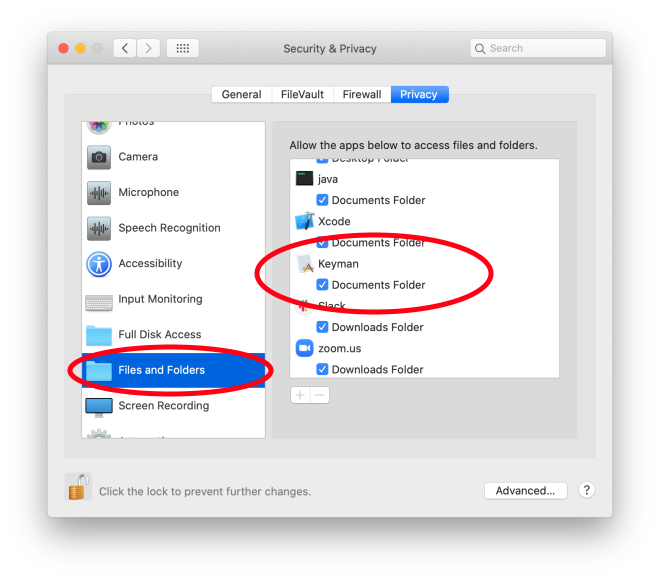
Note: You may be prompted to shut down Keyman in order for the changes to take effect. If so, follow the prompts to allow the system to close Keyman. You'll need to select an alternate input source from the Input Sources and then switch back to Keyman to start using Keyman again.
Upgrading macOS
You should only have to undertake this procedure once. However, if you upgrade your version of macOS, and Keyman stops working, follow these steps to re-enable Keyman.




